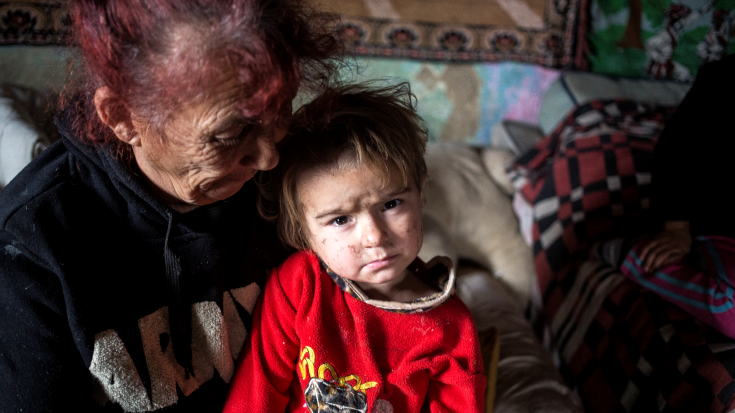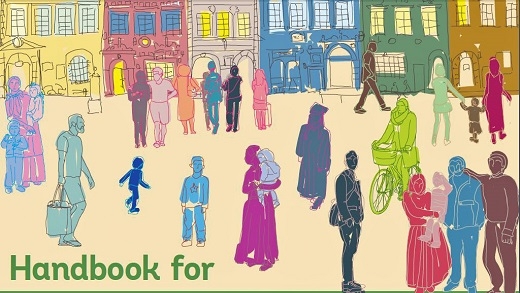As the largest and most vulnerable population in Eastern Europe, Roma face a number of unique and daunting challenges. A disproportionately large number of Roma face deep poverty and social exclusion. These disadvantages begin at birth and can negatively impact an individual throughout their entire lives.
Many Roma children lack an early education and the majority of Roma children grow up in poverty – with many going hungry. Access to education remains low among most Roma, as enrollment rates among Roma lag those of non-Roma starting in preschool and dropout rates well above any national average. Living conditions among Roma are also often difficult, with many Roma homes lacking water or electricity.
The challenges that Roma face are multifaceted, requiring complementary and coordinated efforts across a number of different economic and social sectors. Of these areas of intervention, health, education, employment, and housing represent four of the most critical sectors of engagement for Roma. With the onset of the European Commission’s new funding cycle for European Structural and Investment Funds - which are expected to address, among other issues, poverty reduction and increased social inclusion for Roma - guidance on maximizing the effectiveness of these resources is crucial.
Helping to provide this guidance, a World Bank team undertook a review of past interventions that addressed the living conditions of Roma. The result is The Handbook for Improving the Living Conditions of Roma, produced in partnership between the World Bank and the European Commission (Directorate-General for Regional and Urban Policy and Directorate-General for Employment, Social Affairs and Inclusion), which jointly funded the activity. The handbook draws on lessons learned and good practices from past experience engaging with Roma and their communities. By identifying community-specific needs – both physical and non-physical - and impediments across these four critical areas of intervention, this handbook provides evidence-based knowledge and practical advice to mangers of project-funding programs, national level authorities, and local actors who work with Roma in difference countries and contexts.


